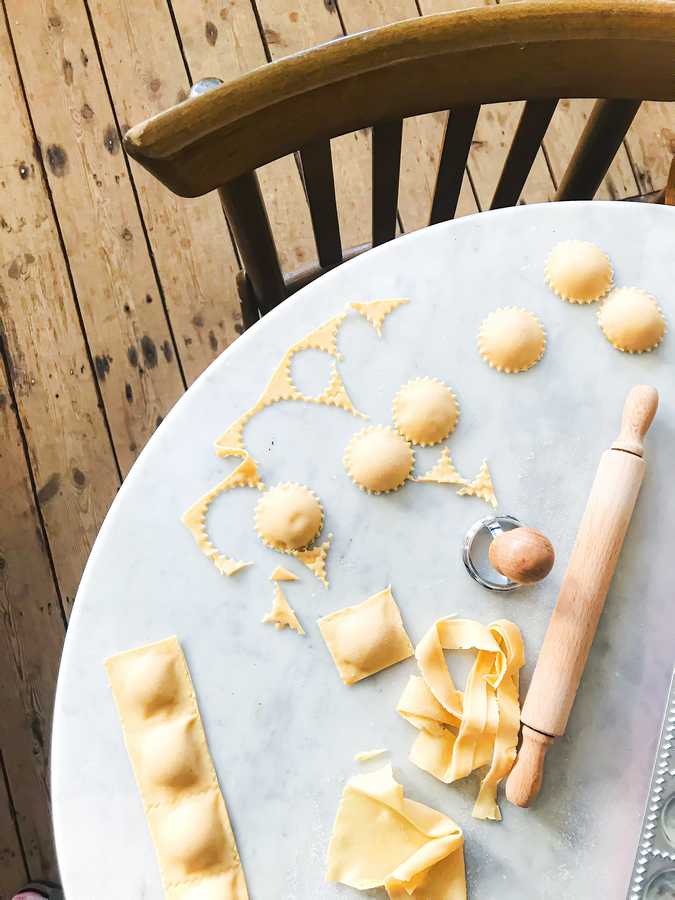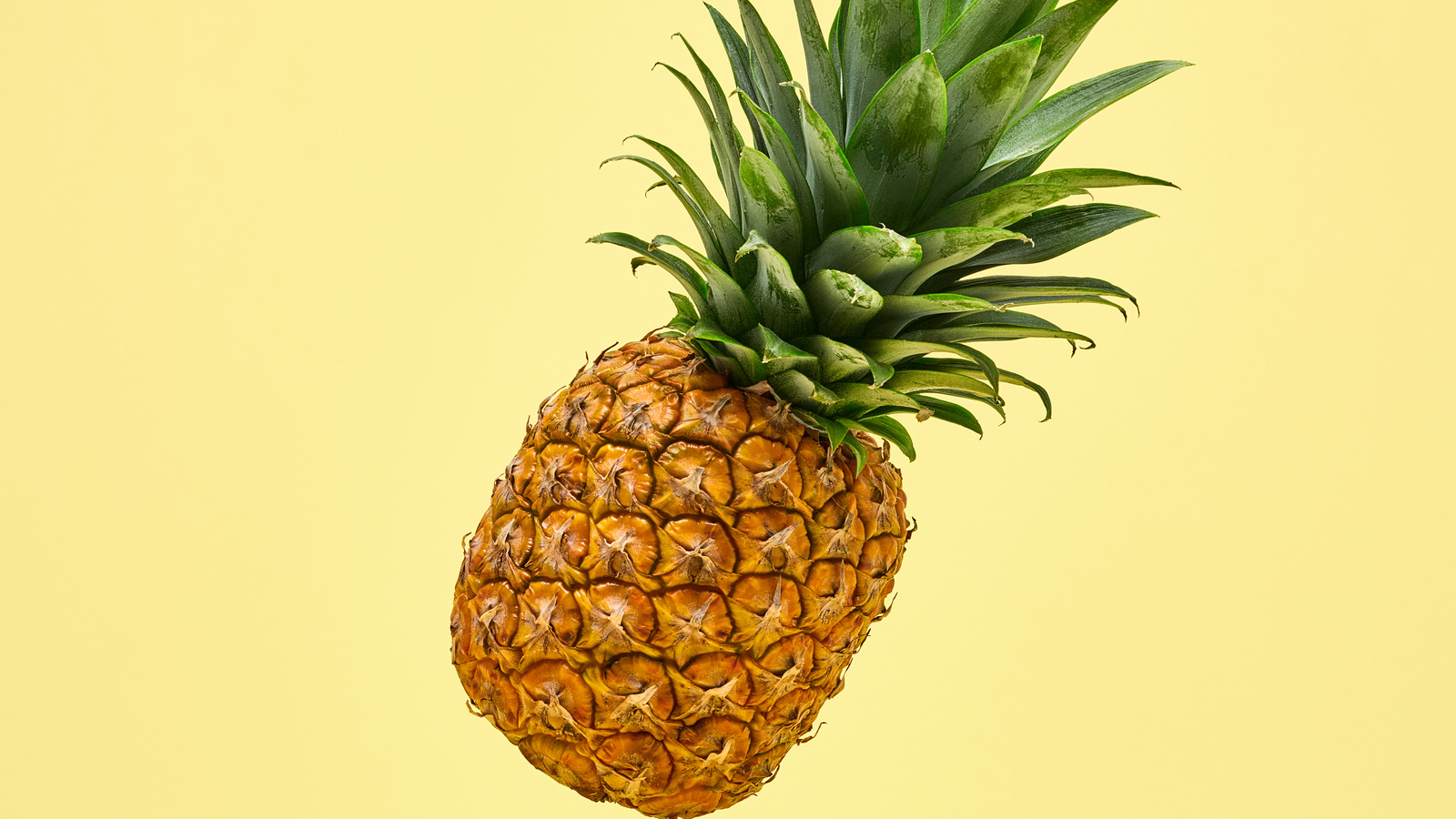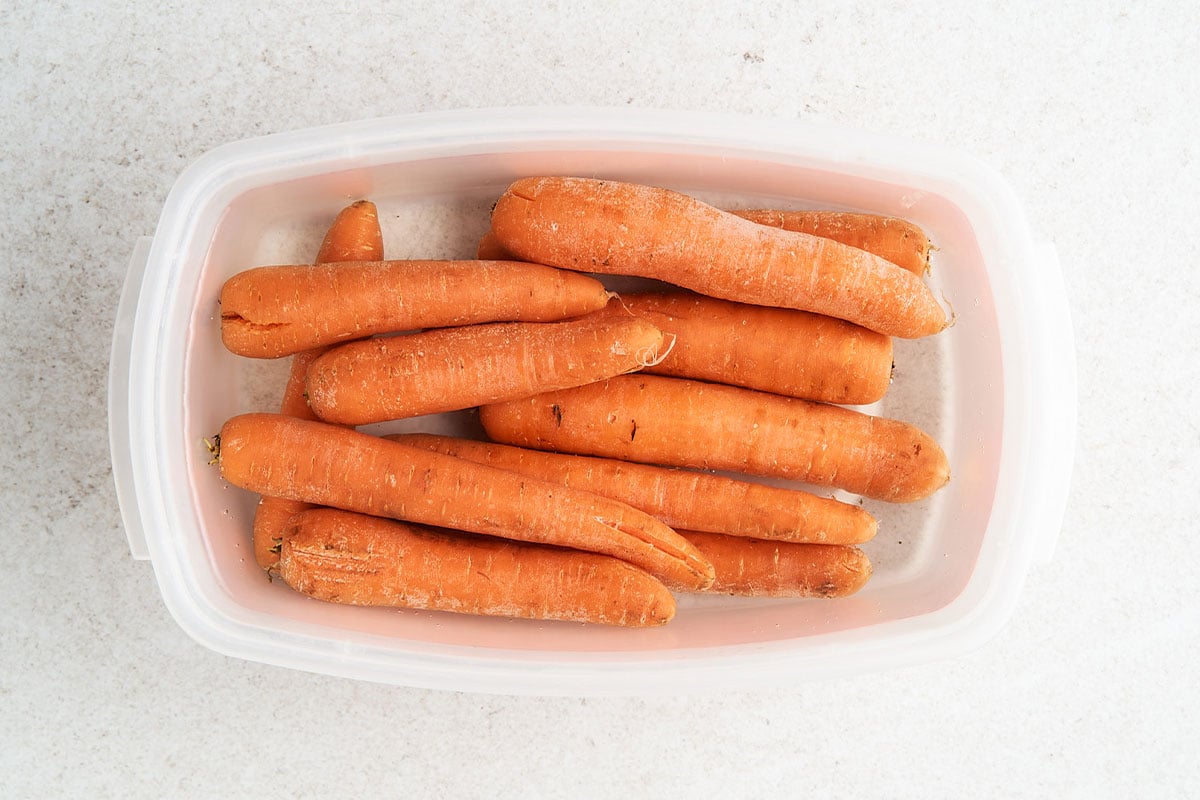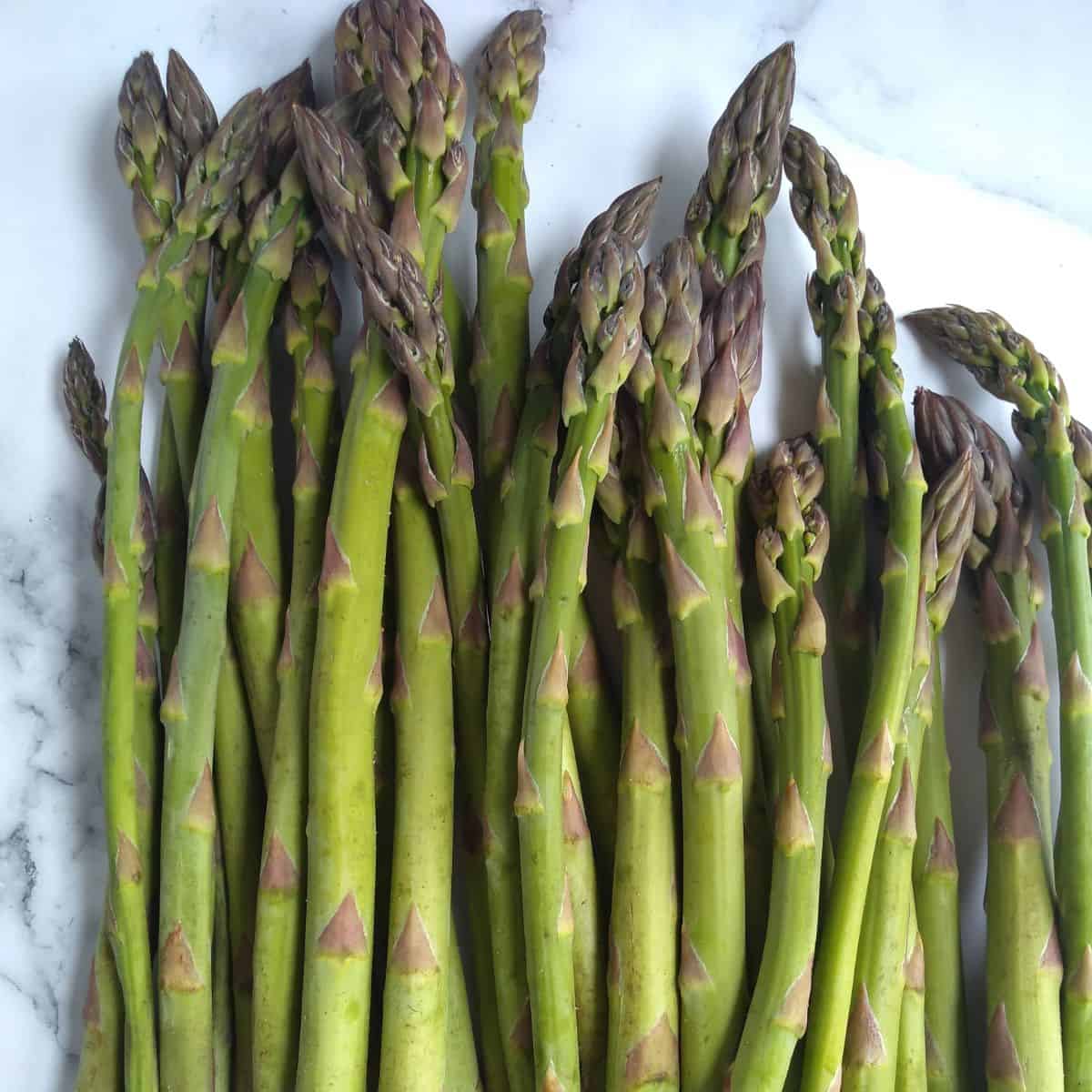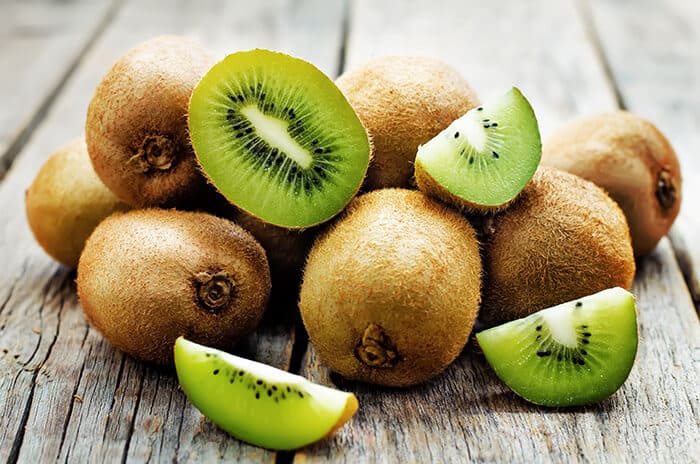Sachetti: Uncovering the Secrets of this Unique Pasta Shape
– Sacchetti pasta is a type of fresh pasta shaped like a small pouch
– It can be filled with cheese, bacon, chicken, and cheddar cheese
– The author made the classic egg-based pasta for Sacchetti pasta
– It can be served with freshly made tomato sauce, bechamel sauce, and parmesan cheese
– The author recommends serving it with steamed or roasted asparagus, shrimp, and extra cheese
– Preparation time: 40 minutes
– Cooking time: 8 minutes
– Servings: 4
– Ingredients:
– 12 oz flour (or a mix of all-purpose flour and bread flour)
– 4 large eggs
– 1½ tsp salt
– 1½ tbsp olive oil
– For the filling: 1 cup ricotta, ½ cup mascarpone, 1 grated pear, ¼ cup grated Parmesan cheese, salt and pepper to taste
– For the bechamel sauce: 1 tbsp butter, 1½ tbsp flour, ½ cup half-and-half, ½ cup milk, 3 tbsp grated Parmesan cheese, freshly grated nutmeg and salt to taste
– Instructions:
1. Make the pasta by combining flour and salt in a bowl, adding eggs, and stirring until the dough comes together
2. Knead the dough until smooth or use a stand mixer
3. Let the dough rest for at least 30 minutes up to 2 hours
4. Roll out the dough and cut into small pieces, then use a pasta machine or rolling pin to flatten it further.
5. Cut into 5-inch diameter discs.
6. For the filling, combine mascarpone, grated pear, and Parmesan cheese. Season with salt and pepper.
7. Place a teaspoon of filling onto each pasta disc and gather the sides to form a pouch. Pinch the dough together.
8. Cook the pasta in boiling salted water for 2 minutes.
9. For the bechamel sauce, melt butter in a saucepot. Add flour and cook for a minute before adding half-and-half and milk. Cook until thickened, then stir in Parmesan cheese.
10. Add the cooked pasta to the warm bechamel sauce and stir gently to coat the pasta.
11. Serve the pasta warm, topped with extra Parmesan cheese.
